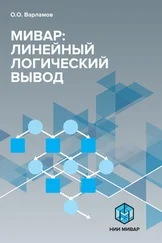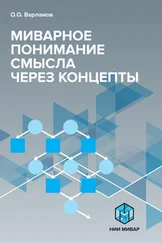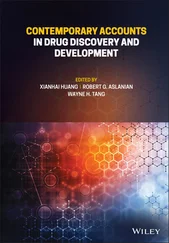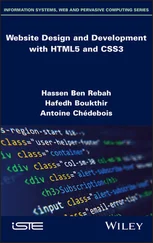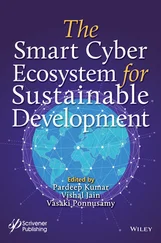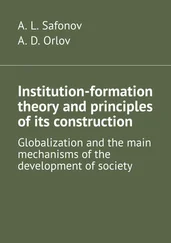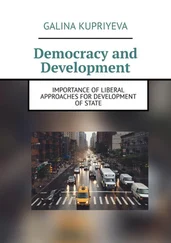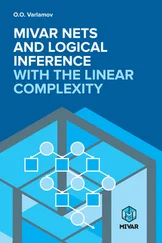O.O. Varlamov
MIVAR technologies of the development of intelligent systems and the creation of the active multi-subject online MIVAR encyclopaedia
The problem of the intellectual activity modelling with the aim of an artificial intelligence (AI) creation remains actual and important [1-3]. The MIVAR approach makes it possible to offer new models and methods of information processing and management. Here, we will understand artificial intelligence systems as active, self-training and logically arguing systems. In the last century, various technologies of the creation of expert systems in separate narrow-targeted domains have been developed. Such situation has been caused by complexities of the formalized description of demanded subject domains and also by the fact that systems of a logic conclusion couldn't process more than 20 objects/rules. At the same time, "intellectual packages of applied programs (IPAP)” had been developed, allowing solving problems in different areas where calculations and designing of algorithms of the decision of problems were required. IPAP technologies are being developed in MIVAR technologies and in the service-focused architecture. In the Internet, various forms of help and training systems are being developed as, for example, Wikipedia or the project "Tungsten". The Russian fundamental innovative technology "the MIVAR approach" [4, 9, and 13] allows using evolutionary databases and knowledge (rules) in order to form the uniform educational and help space. The active MIVAR Internet encyclopaedia will comprise not only the facts in different subject domains, but also active programs for the solution of various logic and computing problems (technology IPAP and services).
In the MIVAR approach, the concept of databases, computing problems and logic problems are unified in a single technology. The MIVAR approach has been developed since 1986 and includes 2 basic technologies [2-13]:
1) Evolutionary databases and rules (knowledge) with changeable structure on a basis of MIVAR information space of the unified representation of data and rules, based on the concept of " thing, property, the relation" – for the storage of any information with change of structure and without restriction on volume and representation forms;
2) The system of logic conclusion or " algorithms construction" on the basis of active trained MIVAR networks of rules with linear computing complexity – for information processing, including a logic conclusion, computing procedures and "services".
Unlike the traditional approaches dividing database storage, logic conclusion and computing processing [1, 14-21], the MIVAR approach allows to create the multidimensional and evolutionary systems that process the information in real time combining logic conclusions and computing processing. The MIVAR approach is based on the fact that real world exists in itself, an individual imaging the description of this world in the form of the initial three-dimensional space which axes are concepts: thing, property and relation. These three concepts are the abstractions convenient for the description of the real world. It is to notice that the MIVAR approach is a modern approach for working out of intellectual systems and, in the long term, for the creation of artificial intelligence systems [2-13].
3. LOGIС-COMPUTING PROCESSING, MIVAR AND DATABASES
Solution of various problems requires accomplishing both logic and computing data processing. Historically, the areas of a logic conclusion and computing processing have been developing independently and have been successfully solving various classes of problems. Somewhat, there existed a contradiction between these approaches [1, 9, 14-21]. Besides, the problems of processing and storage of the various data were divided. Databases were used mainly for storage and search of the demanded data, and system of a logic conclusion and calculations were applied to the information processing, the search of solutions, etc. These areas turned to be poorly crossed, though the purposes of association of all functions on accumulation and information processing in one system [1-20] were regularly proclaimed.
The analysis of almost all models of data representation is carried out in the paper [8]: relational, network, hierarchical, semantic networks, ontology, and “essence-communication" and MIVAR information space (in the whole, more than 25 data models). M.P. Kogalovsky describes the evolution of database technologies and systematizes data on the major technologies in [14]. A.S. Markov and K.J. Lisovskij ([18]) have proved their choice of computational logic methods for the increase of level of intellectuality of relational databases. A.S. Markov introduces the concept of "logic programming of the relational databases" as one of the names of the direction of "deductive databases". A.R. Sajmon conducts the multidimensional analysis of key areas of modern mass technologies of databases and estimates the prospects of their development in [20]. D.A. Pospelov describes in [19] the Russian approach to the productions and its processing. In [1], the structures of data and basic algorithms of modern methodology of program elaboration are examined in detail. In [16], some traits of one of the most popular semantic data models – an "Essence-Relation" model (ER-model) – are examined. In [9], formal representations of data structures of ER-model and MIVAR information space are shown.
Thus, there were theoretical workings on the unification of logic and computing processing. MIVAR information space (MIVAR model of the data) seems to be the most promising of all data models [9].
Конец ознакомительного фрагмента.
Текст предоставлен ООО «ЛитРес».
Прочитайте эту книгу целиком, купив полную легальную версию на ЛитРес.
Безопасно оплатить книгу можно банковской картой Visa, MasterCard, Maestro, со счета мобильного телефона, с платежного терминала, в салоне МТС или Связной, через PayPal, WebMoney, Яндекс.Деньги, QIWI Кошелек, бонусными картами или другим удобным Вам способом.


